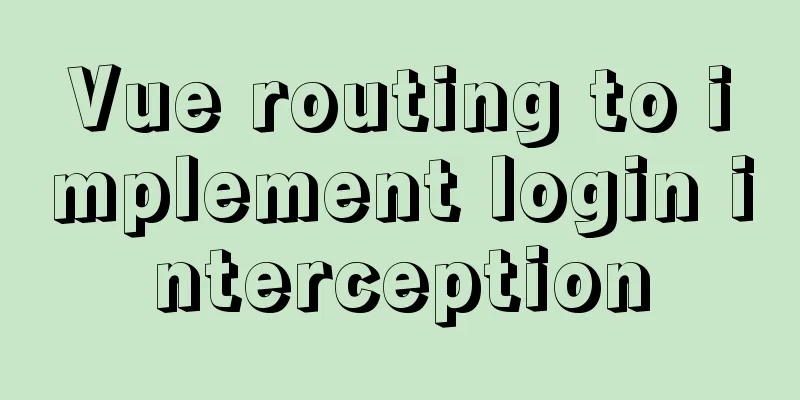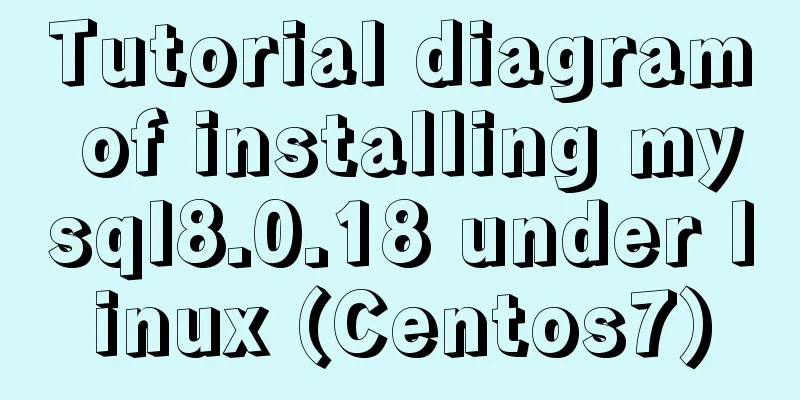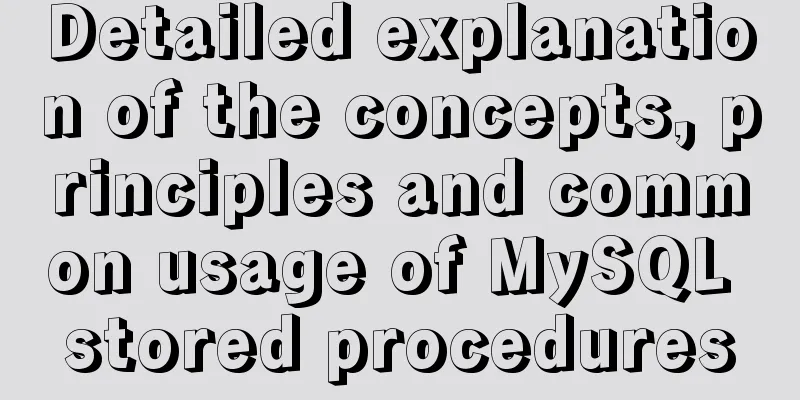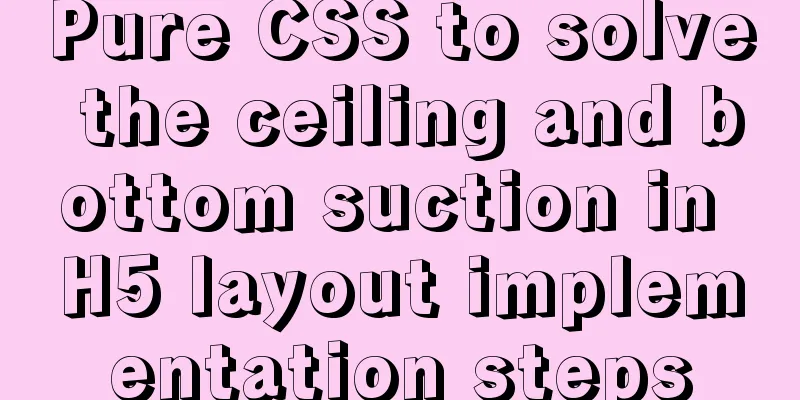JavaScript to achieve simple drag effect
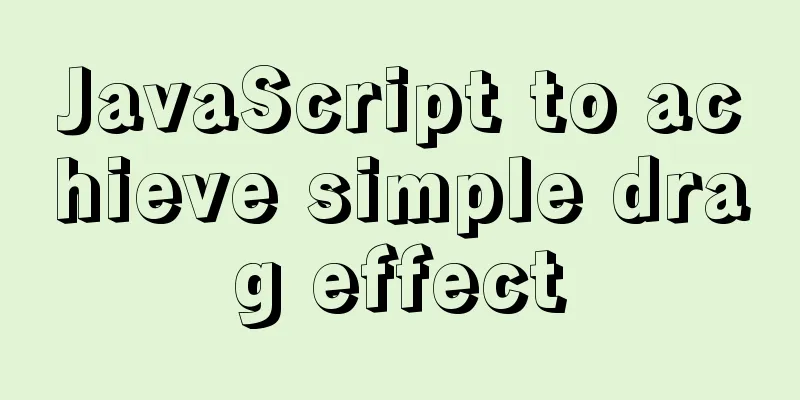
|
This article shares the specific code of JavaScript to achieve a simple drag effect for your reference. The specific content is as follows First look at the effect of the implementation:
Idea: Three events are used, mouse press, move, and release events So first create the box and give it a CSS style HTML:
//html
<div>
<p>I am a blue box</p>
</div>CSS:
CSS
*{margin: 0;padding: 0;}
div{
width: 100px;
height: 100px;
background-color: cornflowerblue;
position: absolute;
}
p{
width: 100px;
height: 100px;
line-height: 100px;
font-size: 10px;
color: #fff;
text-align: center;
transition: .5s all;
}
p:hover{
transform: translateY(-5px);
transition: .5s all;
box-shadow: 10px 10px 5px gray;
}Then set the corresponding method in JS
var div = document.querySelector('div');
var p = document.querySelector('p');
//First define and initialize variables x and y
var x =0;
var y = 0;
// var i = 3;
var TorF = false;
//The text in the box cannot be selected div.onselectstart = function (e) {
return false;
}
div.addEventListener('mousedown',function(e){
// client: Output the coordinates of the mouse pointer when the mouse button is pressed x = e.clientX;
y = e.clientY;
// Format: obj.offsetLeft: Get the left and top offsets // Special note here: This property is read-only and cannot be assigned a value.
// Returns the distance between the current element and the left side of the parent element (body). // Here, l and t do not declare a global variable, but create a property of a global object.
l = div.offsetLeft;
t = div.offsetTop;
// Mouse settings move arrow div.style.cursor = 'move';
p.innerHTML = 'I was pressed ^_^';
TorF=true;
});
// When the entire screen triggers a move event document.addEventListener('mousemove',function(e){
// If it is false, terminate the execution of the function and return the function value if (Torf == false) {
return;
}
// Define local variables in this function var twox = e.clientX;
var twoy = e.clientY;
// Use the obtained coordinates of the mouse pointer - (the coordinates of the mouse pointer - the offset) = the actual position of the mouse drag // The px unit must be added at the end, because the original acquisition has no unit var twol = twox - (xl);
var twot = twoy - (yt);
div.style.left = twol+'px';
div.style.top = twot+'px';
p.innerHTML = 'I am being dragged-.-';
});
div.addEventListener('mouseup',function(){
// Stop mouse movement events when releasing the keyboard TorF= false;
// The mouse restores the default style div.style.cursor = 'default';
p.innerHTML = 'I was bounced QAQ';
})Notice: 1. If you want to control the position of a box, you must add positioning to the box, otherwise the box will not move 2. The offsetLeft property is read-only and cannot be assigned a value. 3. Calculation of mouse position: mouse pointer coordinates - (mouse pointer coordinates - offset) = actual mouse drag position The above is the full content of this article. I hope it will be helpful for everyone’s study. I also hope that everyone will support 123WORDPRESS.COM. You may also be interested in:
|
<<: Centos7 installation of MySQL8 tutorial
>>: Solve the problem of VScode configuration remote debugging Linux program
Recommend
Gearman + MySQL to achieve persistence operation example
This article uses the gearman+mysql method to imp...
Native JS to achieve sliding button effect
The specific code of the sliding button made with...
How to process blob data in MySQL
The specific code is as follows: package epoint.m...
How to maintain MySQL indexes and data tables
Table of contents Find and fix table conflicts Up...
Chrome 4.0 supports GreaseMonkey scripts
GreaseMokey (Chinese people call it Grease Monkey...
MySql implements page query function
First of all, we need to make it clear why we use...
About IE8 compatibility: Explanation of the X-UA-Compatible attribute
Problem description: Copy code The code is as fol...
Overview of the basic components of HTML web pages
<br />The information on web pages is mainly...
Without too much code, you can use hyperlinks to implement simple and beautiful custom check boxes
Today I suddenly thought that the styles of check ...
You may need a large-screen digital scrolling effect like this
The large-screen digital scrolling effect comes f...
Is it true that the simpler the web design style, the better?
Original address: http://www.webdesignfromscratch...
Detailed installation tutorial of mysql-8.0.11-winx64.zip
Download the zip installation package: Download a...
CSS3 filter code to achieve gray or black mode on web pages
front end css3,filter can not only achieve the gr...
About the solution record of the page unresponsiveness when using window.print() in React
Table of contents 1. Background of the problem: 2...
Native js imitates mobile phone pull-down refresh
This article shares the specific code of js imita...

